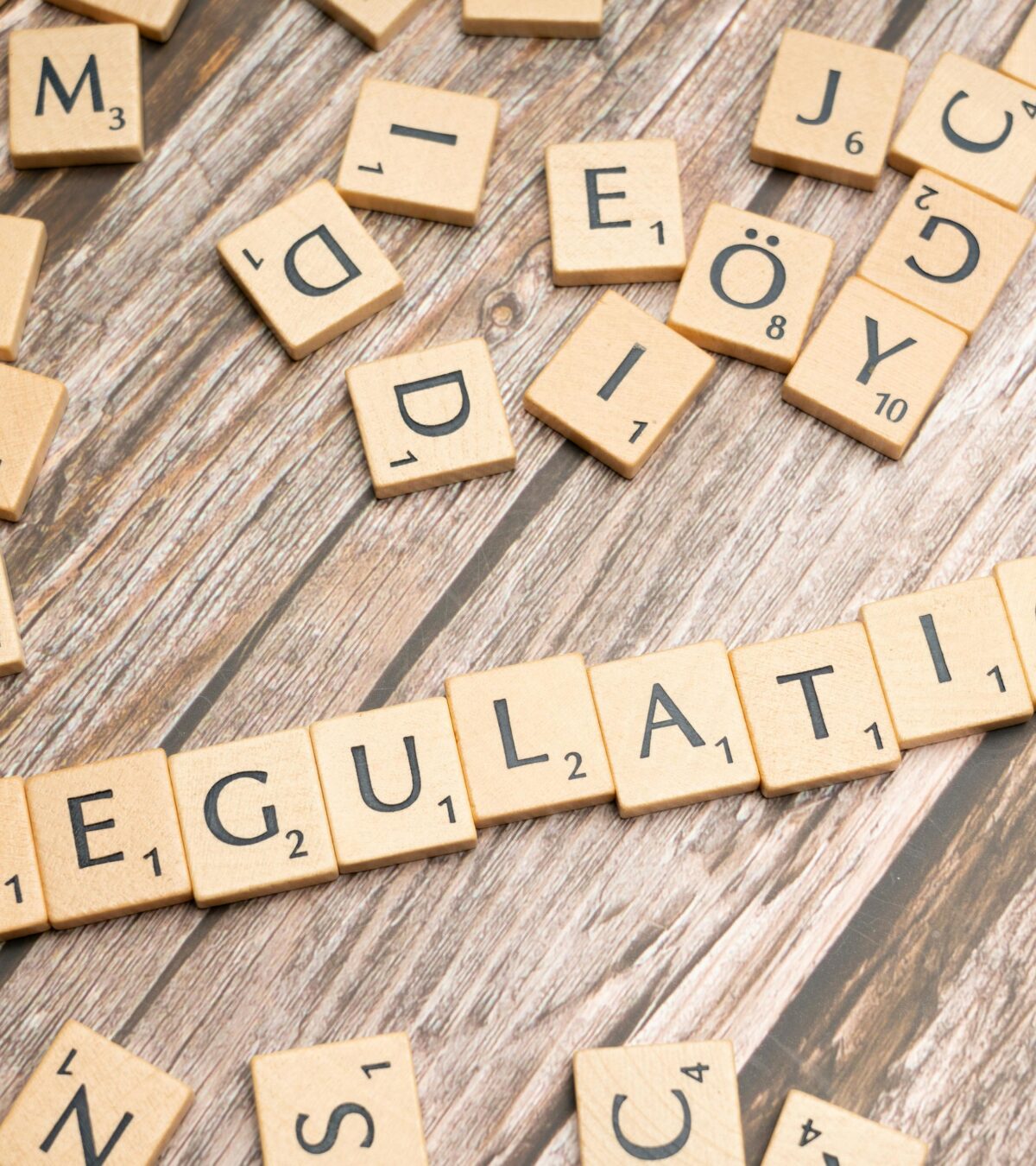EU Sustainable Finance Framework
Ensuring Consistency and Ambition
April 3, 2024
What?
The need for harmonisation and ambition
If the real and financial economy is to contribute effectively to the EU’s environmental goals, the requirements of the Taxonomy, the Sustainable Finance Disclosure Regulation (SFDR), the Corporate Sustainability Reporting Directive (CSRD), the Benchmarks Regulation, and so on, need to be optimally interlinked and have a high level of ambition.
Why?
Redirecting financial flows towards the European Green Deal objectives
So far, the requirements of key instruments of the EU sustainable finance framework (Taxonomy, SFDR, CSRD, Benchmarks Regulation, etc.) have not been optimally interlinked. The lack of coherency and consistency between the instruments limits the acceptance and compliance of the requirements and prevents the market from exploiting the full potential of the framework. Within this framework, the EU taxonomy is an important element. It provides criteria upon which financial markets should identify and classify environmentally sustainable economic activities on a scientific basis. If implemented well, this will contribute to the redirection of financial flows towards the European Green Deal objectives.
How?
Analysing and providing recommendations
The project on the EU Sustainable Finance Framework aims to ensure ambitious and consistent criteria across the relevant regulation. Its instruments (the EU Taxonomy, CSRD, SFDR, etc.) need to be ambitious enough to include economic sectors that meet ambitious environmental requirements to inform financial markets which investments are scientifically sustainable. This will help avoid stranded assets and missing climate and environmental goals. In that regard, the consistency across the various instruments needs to be increased, in order to boost the confidence of market participants in sustainability assessment and reporting. Consistency and coherence will ensure the efficiency of the EU’s sustainable finance framework.
Climate & Company is collaborating with our partners from the Fair Finance Institute (Markus Duscha, Katharina Meyhöfer, Walter Kern) and Lisa Knob of the University Kassel on this project. The project is commissioned by the German Environment Agency (Umweltbundesamt).
About our Contribution
- Identifying gaps in the EU Taxonomy: To identify potential gaps in the EU Taxonomy, we first looked at previous recommendations of the Platform on Sustainable Finance to the EU Commission, based on reports from March and October 2022. We then started analysing which recommended activities were included in the Taxonomy Environmental Delegated Act (C(2023)3851), which allowed us to identify which activities could potentially still be considered in the future.
- Consistency of the EU sustainable finance framework: In any process, inconsistencies may arise. The EU sustainable finance framework has received the feedback of including consistencies and incoherence. For example, the level of ambition for the same environmental dimension may differ across different instruments. To identify inconsistencies, we will conduct a content-sorted juxtaposition of key criteria of different instruments as well as an implementation of selected alignments, harmonisations and optimisations.
- Harmonising of the EU sustainable finance framework: We pinpoint discrepancies in alignment between different sustainable finance regulations and formulate comprehensive recommendations to streamline and harmonise the framework.







